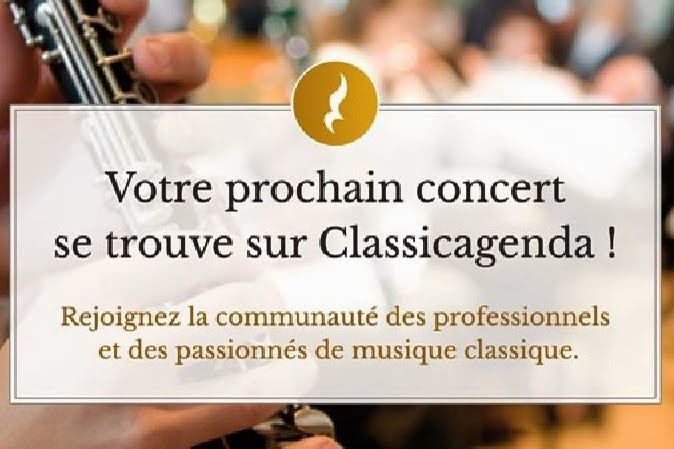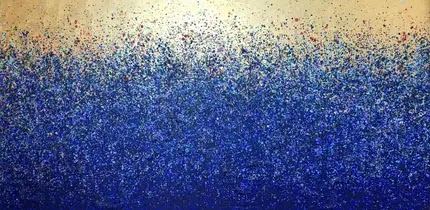Behind, south of, the Invalides is a long park-like avenue, Avenue de Breteuil. Let’s start from the middle, at Place de Breteuil.
From here we can see the Invalides (see previous post), the Eiffel Tower (see previous posts), the Tour Montparnasse (see previous posts) … and a monument honouring four personalities.
Let’s start with a few words on this monument which stands where - before the area was completely transformed by the end of the 19th century - you could find the Abattoires (slaughter-house) de Grenelle. If we look who were these four personalities, we will also understand why the monument stands here.
Louis-Georges Mulot (1792-1872) drilled here in 1841 the first Paris 547 m (1800 ft) deep artesian well.. The water arrived on this spot, but was directed to the bigger Place de Breteuil outside the slaughter-house where a water sparkling tower was erected. It seems that no water is pouring here anymore. A number of artesian wells were created in Paris during the latter part of the 19th century, to a large extent drilled by L-G Mulot, but today only three remain: Square Lamartine, Place Paul-Verlaine and Square de la Madone (see previous post).
Valentin Haüy (1745-1822) founded the first school for the blind, to become the “Institut National des Jeunes Aveugles”, situated not far from here, where later Louis Braille (1809-52), the inventor of “braille”, was a pupil and later teacher.
Rosa Bonheur (1822-99) was a painter and sculptor, leading feminist, wearing trousers, living with female partners... The painting by her you see here is to be found at MMA in New York.
Eugène Bouchut (1818-91) was a medical doctor, especially linked to the nearby hospital “Necker -Enfants Malades” (sick children).
The water-sparkling tower disappeared and was in 1908 replaced by a monument (by Alexandre Falguière, 1831-1900) in honour of Louis Pasteur (1822-95), whom we have to thank for the pasteurization (safe milk, wine, beer… drinking), vaccine for rabies and anthrax and a lot more. The Institut Louis Pasteur is also quite close.
Before leaving Place de Breteuil, maybe a quick look backwards, in the direction of the metro which here is over ground. Zooming, you may read some old publicity.
Walking in the direction of the Invalides, the avenue is mostly surrounded by some fashionable, typical bourgeois buildings, with a few different ones, including the “Petites Soeurs des Pauvres” home for elderly people, the Paris home of Michelin, where the famous guide is created, and the back side of the Saint-François-Xavier Church (still to be posted about).
From the attitude of people on the middle lawn, you may guess the weather we have had lately.
At last we arrive to Place Vauban and reach the Invalides from what you may consider as the back side.





































































